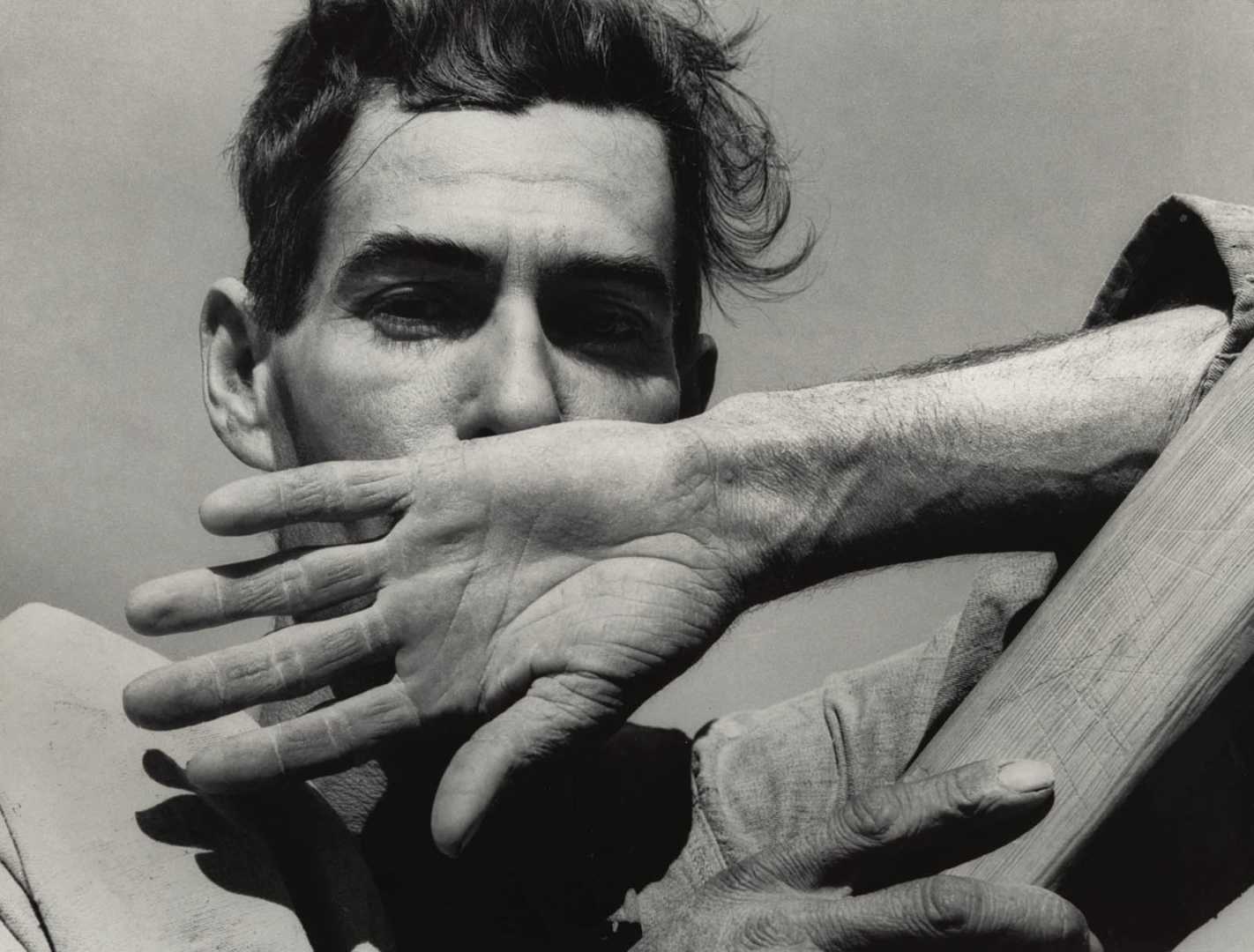Education
Reflections on ‘The Falling Man’: A Scholar’s Perspective on 9/11 Photography

Valerie Hébert, an Orillia-based scholar, has been utilizing Richard Drew‘s iconic photograph known as ‘The Falling Man’ in her teachings at Lakehead University. This image, which depicts an unidentified man falling from the North Tower of the World Trade Center during the September 11, 2001 terrorist attacks, has become a significant symbol of the tragic event.
Hébert emphasizes the importance of analyzing photographs that reflect human rights abuses and moments of conflict. In her course on human rights violations and international conflict, she encourages students to critically evaluate what photographs can reveal about history and the limitations they may present.
She describes ‘The Falling Man’ as a powerful visual that captures a deeply disturbing moment. While the photograph conveys a sense of serenity, with the man appearing to be suspended in air, it also obscures the grim reality of his situation. Hébert points out that the aesthetic quality of the image can provide a deceptive comfort.
Initially, the release of this photograph sparked outrage, with critics arguing that it exemplified a disrespectful spectacle of human suffering. Despite this, Hébert believes that such images foster a connection to the past, making the historical experience more relatable and impactful.
During a visit to the 9/11 Memorial & Museum in New York, Hébert noticed an exhibit featuring images of people falling from the towers, which was discreetly placed within the museum. She noted the tension the designers must have felt regarding how to present such sensitive content while honoring the memory of the victims.
In our increasingly visual society, Hébert argues that still images play an essential role in shaping our understanding of current events, while also serving as a reminder that they represent only one interpretation of a moment in time.












